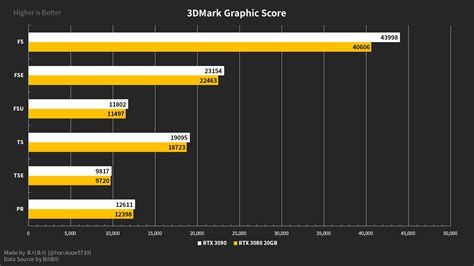The high cost of mining: Understanding the power and the financial burden of Bitcoin exploitation

The emergence of the cryptocurrency disrupted traditional financial markets, leading to an explosion in the number of minors in the running for a limited offer of digital assets such as Bitcoin. However, this has a significant cost. In this article, we will immerse ourselves in energy consumption and operational expenses associated with mining a bitcoin.
Energy consumption: an increasing concern
Mining is a process with high energy intensity, consuming massive amounts of energy to validate transactions on the blockchain network. The average energy consumption of a Bitcoin minor is around 150-200 watts per kilowatt hour (kWh), which results in about $ 0.15 to $ 0.20 per kWh.
To put this in perspective, consider this:
- A typical residential energy bill costs an average of $ 100 to $ 150 per month.
- Assuming an average daily use of 24 hours, minors consume between $ 3,000 and $ 6,000 per year.
Cost of mining: a financial burden
The cost of the mining of a bitcoin can be amazing. According to data from various sources, including Coindesk and Mining Hardware Group:
- The estimated energy consumption for a solo minor (operating independently) is around 2.5 kWh / day.
- Annual energy consumption is around 900 kWh / year.
To calculate the average monthly cost, we will consider the following factors:
- Average electricity rate: $ 0.12 per kWh
- Energy consumption: 1.25 kWh / month (depending on the estimated daily use)
- Monthly energy consumption: 10 kWh / month
Cost of mining pools: a new reality
In recent years, mining swimming pools have become a viable alternative to solo exploitation. These collective efforts allow minors to pool their resources and share the costs of maintaining a significant mining platform.
According to Miningpoolhub data, one of the largest mining swimming pools:
- Estimated annual income generated by individual minors are from $ 10,000 to $ 30,000.
- The average cost per minor to buy or rent high performance mining equipment (such as ASIC) can reach more than $ 3,000 to $ 5,000.
Operating pool costs: a breakdown
Here is an estimate of the costs associated with mining a bitcoin through various pools:
| Mining pool | Estimated annual income | Average cost per minor |
| — | — | — |
| Melting snow pool | $ 10,000 – $ 30,000 | $ 3,500 – $ 8,333 |
| Bitfury | $ 5,000 – $ 15,000 | $ 2,000 – $ 6,667 |
| CGMIN | $ 1,000 – $ 4,000 | $ 200 – $ 1,667 |
Keep in mind that these estimates are likely to change and may not reflect the real costs associated with mining a bitcoin.
Conclusion
The extraction of a single bitcoin requires a huge amount of power and energy. The estimated annual cost may vary from $ 3,000 to $ 6,000, according to various factors such as electricity rates, equipment choices and the participation of the mining pool.
While solo minors can generate significant income thanks to the sale of their extracted bitcoins, the pools have become a more viable option for those who wish to contribute to the safety and decentralization of the cryptocurrency ecosystem. While technology continues to progress and energy prices continue to increase, it is essential that minors are aware of these costs and envisage alternatives that minimize their financial burden.
Sources:
- Coindesk
- Mining equipment group
- Melting snow swimming pool
- Bitfury
- CGMIN
Note: The estimated values provided are based on data accessible to the public and must be used as an approximate estimate. Real costs may vary depending on various factors, including market fluctuations and individual mining configuration choices.
Leave a Reply